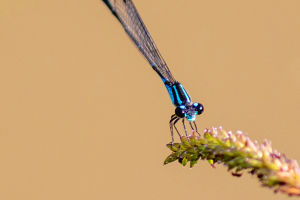Dromedary Vs Bactrian Camel
When you think of camels, you might picture a single-humped creature wandering through a desert, but did you know there are two main types of camels, each with distinct features?
The two most well-known species are the Dromedary camel, with one hump, and the Bactrian camel, which boasts two humps. Understanding the differences between these two fascinating animals goes beyond just counting humps.
Physical Differences
Humps: The most obvious difference is the number of humps. Dromedary camels have one hump, while Bactrian camels have two. These humps are fat stores that provide energy and water when food and water are scarce.
Size: Dromedaries tend to be taller and leaner, standing up to 7 feet tall at the hump and weighing between 880 to 1,320 pounds. Bactrian camels are shorter but bulkier, reaching up to 6.5 feet at the hump and weighing between 990 to 1,540 pounds.
Fur: Dromedaries, native to hot deserts like the Sahara, have shorter, thinner coats that help them cope with extreme heat. Bactrian camels, found in colder regions like Central Asia, have a thick, shaggy coat to protect them from freezing temperatures.
Habitat and Adaptation
Geographic Range: Dromedary camels are primarily found in the Middle East and Africa, where they are well-adapted to hot, arid climates. In contrast, Bactrian camels are native to Central Asia, including Mongolia and parts of China, where they endure harsh, cold desert conditions.
Environmental Adaptations: Dromedaries are adapted to survive in extreme heat with their ability to withstand significant water loss and their long, thin legs that keep their bodies farther from the hot ground. Bactrian camels, on the other hand, are built to survive freezing winters and scorching summers in Central Asia. Their thick fur and shorter legs help conserve body heat in cold weather, and they have specialized blood cells that allow them to go for weeks without water.
Behavioral Differences
Domestication: Both camels have been domesticated for thousands of years, but their uses differ. Dromedaries are primarily used as riding and pack animals in hot climates, while Bactrian camels are valued for their ability to carry heavy loads across rough, mountainous terrains.
Social Structure: Dromedary camels are typically more social and are often found in large herds, especially when domesticated. Bactrian camels, however, tend to be more solitary or form smaller groups, particularly in the wild.
While both Dromedary and Bactrian camels share many similarities, their differences in physical characteristics, habitat, and behavior reflect their unique adaptations to the environments they inhabit. Whether it's the sweltering heat of the Arabian deserts or the icy expanses of Central Asia, these incredible animals have evolved to thrive in some of the most extreme conditions on Earth.
Comparing Dromedary and Bactrian Camels
Video By Wildlife Chronicles


